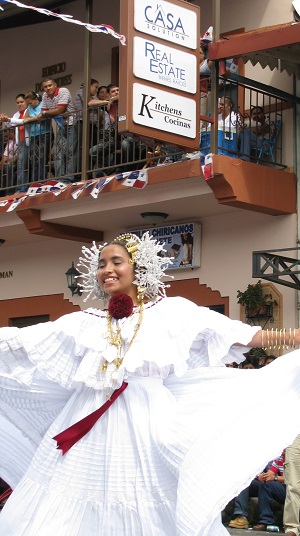For all of the homes, condos, land, & properties for sale in Boquete, please click here
Boquete, a World-Class Destination
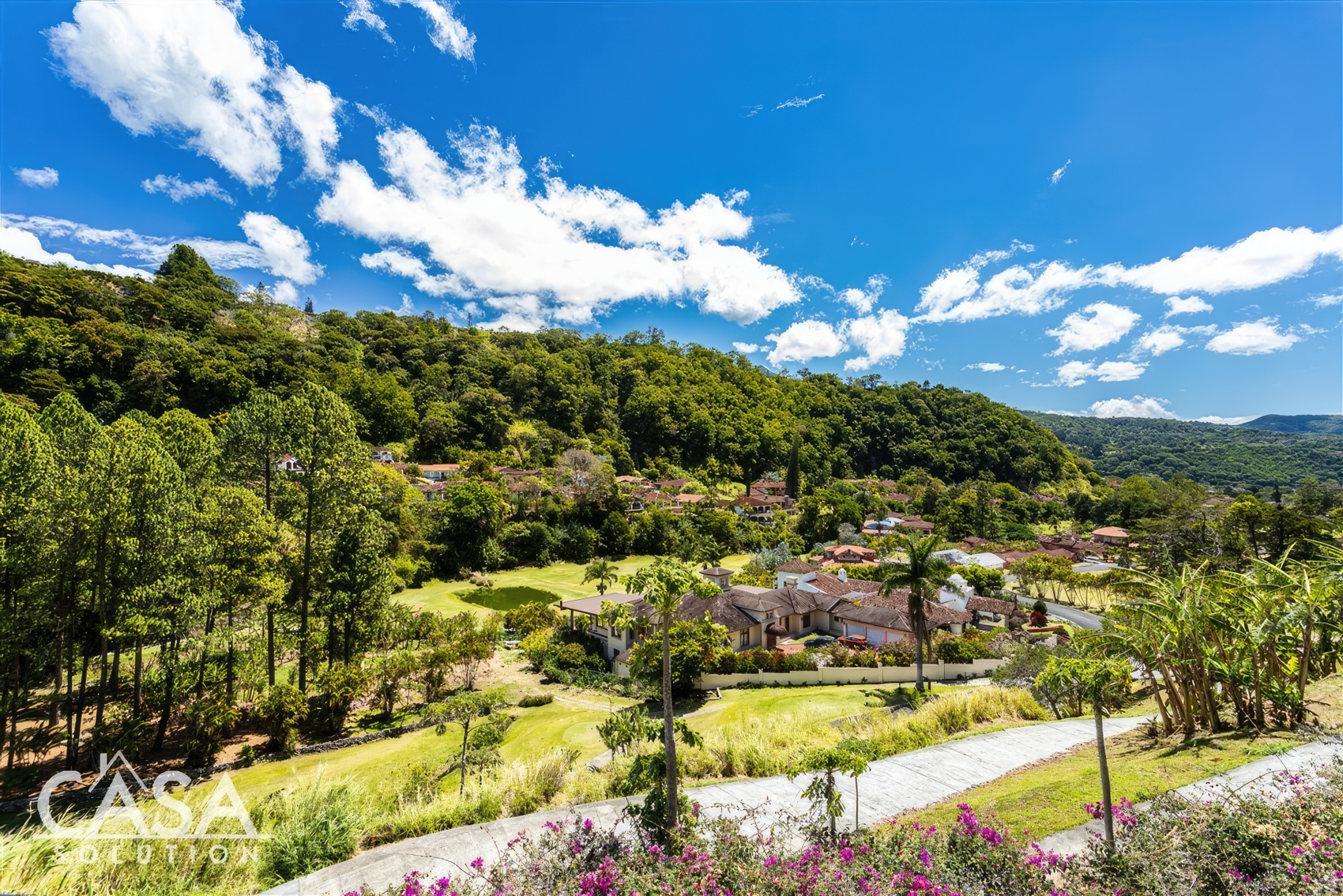
Nestled in a cool and verdant valley, Boquete in the Chiriqui Province of Panama is a deeply beautiful mountain community blessed with year-round spring-like weather, incredible views around every corner and warm people with a rich culture. Boquete boasts a growing number of amenities including excellent restaurants, spas, hotels, shops, supermarkets, gyms and endless opportunities to experience the natural wonder of the region.
Boquete is thought by many to be the best place to live in Panama. The unique and comfortable climate, natural beauty, many amenities, excellent restaurant scene, great local people and proximity to beaches as well as a medium sized city make Boquete a sought-after international destination.
Boquete has been identified by highly respected organizations as one of the best places to retire to in the world. AARP said that “The mountain village of Boquete offers something close to heaven for American retirees.” when they did a recent magazine feature on the top 4 retirement destinations in the world.
Fortune magazine named Boquete one of the top 6 destinations to retire in the world and Boquete has been featured often in countless publications such as the LA Times, New York Times, and Time Magazine. The New York Times recently named Boquete as one of its “52 Places to Go in 2023.”
Scenic Diversity
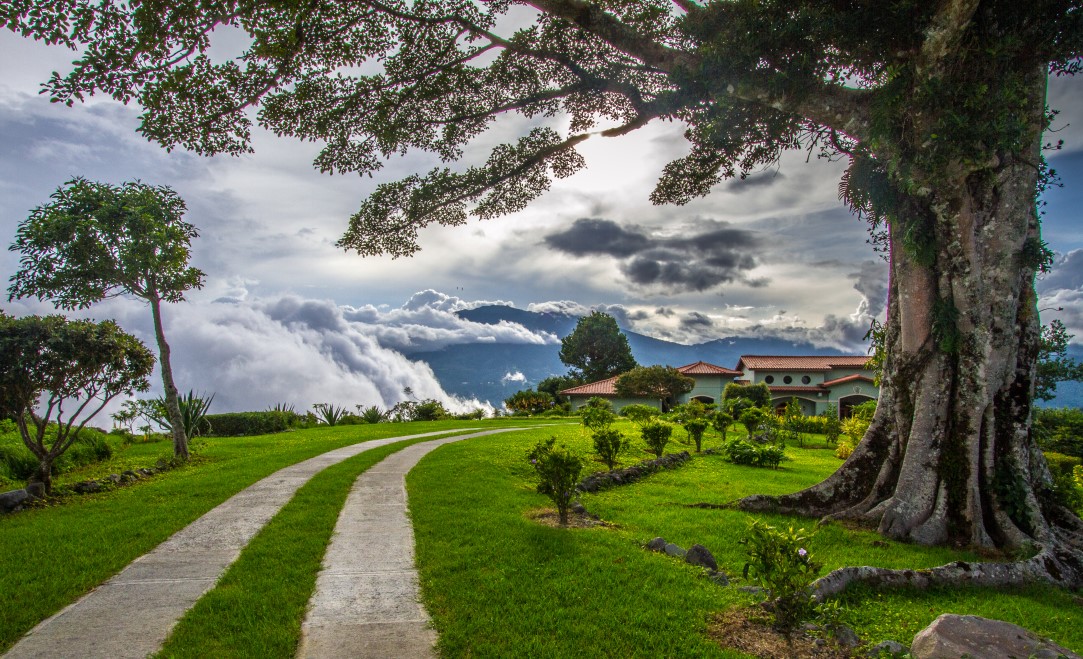
One of Boquete’s great appeals is its scenic diversity. As you drive about the region you encounter varied terrain, even great variation in plant life due to the many microclimates and range of altitudes. Turning a corner, the scene sometimes changes from tropical mists, breezy with rainbows to bright, sunny and calm. The views can be majestic mountains in one direction and deep vistas across plain-like terrain all the way to the ocean in the other. From many vantage points, you can see the water of the Pacific Ocean and the islands of the Gulf of Chiriqui. From downtown, drive 20 minutes descending through Alto Boquete on the plateau between two enormous canyons and over a glorious river into the Caldera region of Boquete to find warmer weather and hot springs. Go just ten minutes up the hillsides in several directions to discover lush fields dotted with coffee plants, winding mountain roads with unbelievable views and pure streams sparkling in the sunlight while rainbows dance around overhead due to Boquete’s bajareque mists.
Boquete’s center of town is at 3,400 feet though as you enter the beginning of Boquete you start at a much lower altitude and steadily rise until you reach the heart of the valley. Towering above the town is Panama’s highest peak, Volcan Baru, a gorgeous mountain thick with tropical trees. In Boquete, you can pick the microclimate and year-around temperature that suits you best. Pick from homes at 5,500 feet of elevation to 1,000 feet and everything in between.
Boquete is known for its beauty, sweet people and… its incredible coffee. Boquete’s geisha coffee consistently brings the world’s highest per pound coffee prices in the world. Coffee farming is part of Boquete’s coffee with gorgeous coffee plantations dotting the mountains up and around town.
For all of the homes, condos, land, & properties for sale in Boquete, please click here
Boquete is Expanding…
![]()
Boquete is experiencing steady growth. That development is expected to continue due to its international fame as well as positive infrastructure investments into the region. These include the expansion of the main road to Boquete under a $117.6 million contract a while back, the arrival of high-speed fiber optic Internet in much of the area and the extra funding allocated due to the recent designation of Boquete as one Panama’s main tourism development priorities.
Thousands of new arrivals – Boquete has a thriving expatriate retiree and lifestyle community. Thousands of people from the United States, Europe, Canada and other regions have chosen Boquete as their new home for a wonderful and exciting new lifestyle.
So Many Things to Do – Boquete has a wide range of social activities including a weekly Tuesday market, English language social groups, plenty of parties, an enviable restaurant scene, hiking and activity groups and more. Many of the newcomers integrate and socialize through Boquete’s extensive charitable network. Since so many people are new to the area, making new friends in Boquete is easy. It’s a very social environment whether you live in or outside of Boquete’s fine gated residential communities.
To the Beach and Back in the Same Day – Boquete’s proximity to the gorgeous pacific beaches of Chiriqui allows you to choose from a variety of mainland beach and island destinations and return home to Boquete easily on the same day in time for dinner.
Could Boquete be the World’s Happiest Place?

Gallup, the respected international polling organization, interviewed 1,000 people in each of 148 countries throughout the world to measure people’s happiness. Panama incredibly earned the distinction of the number 1 happiest place in the world.
In a new Gallup project, Panama once again placed first of 135 countries in Well-Being.
Panama’s people have a wonderful outlook on life. Panamanians are, as a group, a happy people. The warm feelings and positive emotions toward life shared by the Panamanian people are reflected in their welcoming nature toward newcomers. This positive spirit and zest for life can’t help but rub off on those living among the local people. Primarily this is about the Panamanian culture; an intrinsic characteristic that supercedes economics. However, there is also sense of optimism in Panama buoyed by the increasing good fortune of the Panamanian people. With a strong economy, improvements in infrastructure, low unemployment and increasing wages, the people have additional reasons to feel good about their lives. That forward motion can be felt throughout Panama and adds to the good feelings.
Boquete is a particularly happy place in Panama. Being out of the heat of the lowlands, the lack of traffic, the many restaurants, the fun of being a tourist destination with enjoyable things to do, and the small town warm spirit of the people are some of the factors that make Boquete a happy place to be. We can’t imagine a happier place in Panama. So, with Panama the happiest country in the world, and Boquete, the happiest place in Panama, perhaps Boquete is the world’s happiest place. We’d love to help make your exploration of Boquete and purchase of property a smooth and enjoyable experience. Please feel free to contact us with any questions.
About Chiriqui – Beach and Mountain Paradise
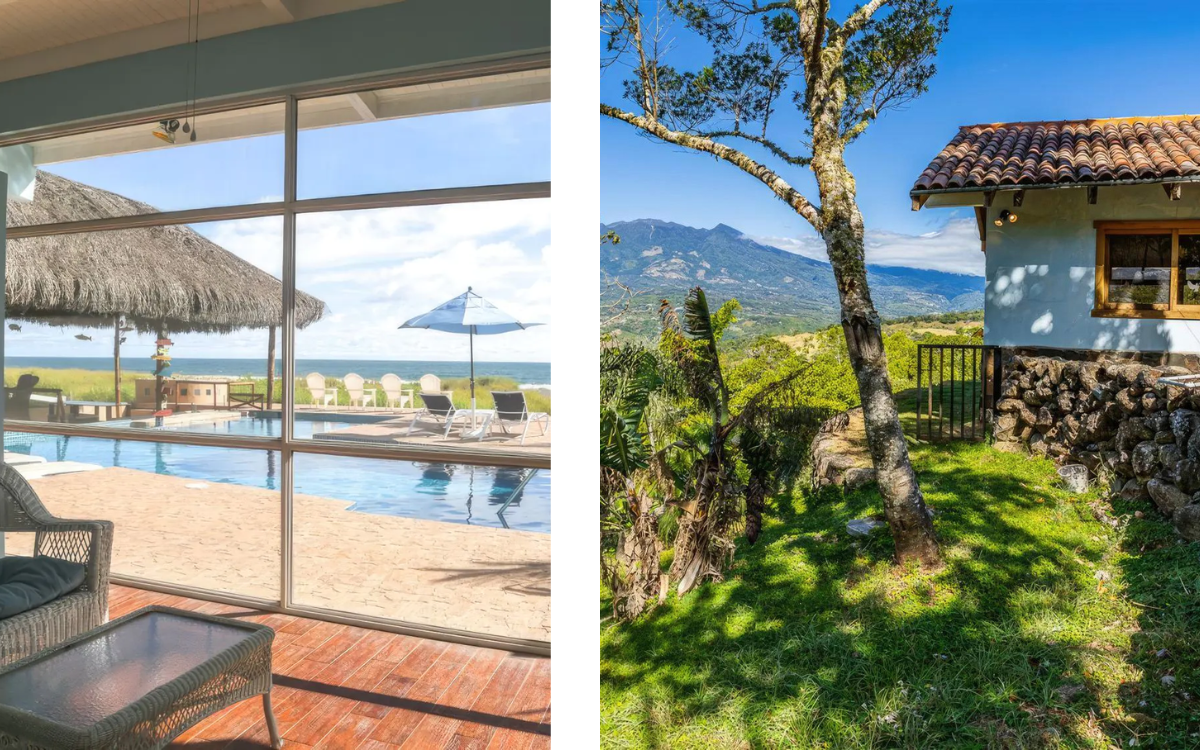
Chiriqui Province, Panama – Beach and Mountain Paradise
In western Panama there is a province bordering Costa Rica blessed with Panama’s highest mountains, longest rivers, most picturesque mountain towns, untouched Pacific island beaches, nascent seaside resorts, and large protected rainforests. The Chiriqui countryside is dotted with coffee and vegetable farms as well as cattle and livestock ranches making this province the breadbasket of Panama. David, Panama’s third largest city right on the Pan American highway is a focal point of Chiriqui providing the usual conveniences found in an up and coming medium size city. The major expansion of Chiriqui’s international airport in David was just completed in December 2012 heralding the anticipated influx of new visitors and residents to the province.
Chiriqui is a little known gem of the world. Boquete, the breathtaking mountain town acclaimed by the world media and boasting a prize position as one of the world’s most attractive retirement destinations is located here. Thus far, Boquete has attracted the bulk of the spotlight and it is indeed a magnificent place, a favorite of most visitors. Yet Chiriqui is more than Boquete. More about Chiriqui Province.
The History of Boquete: From Indigenous Roots to Expat Haven
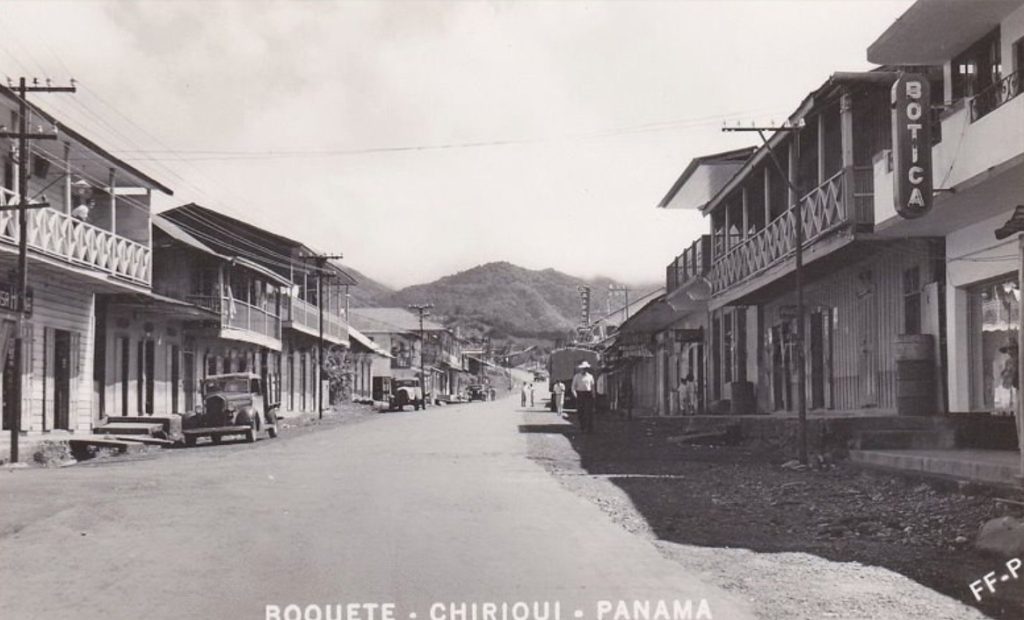
Indigenous Origins
Before Spanish colonization, the highland valley of Boquete was part of the ancestral lands of the Ngäbe-Buglé people. Archaeological evidence suggests that pre-Columbian groups used the valley and its surrounding mountains for farming, trade routes, and seasonal migration. The fertile volcanic soil and natural corridors through the Cordillera de Talamanca made the region a natural passage between the Pacific lowlands and the highlands.
Spanish Colonial Period
During the colonial era (16th–19th centuries), the Spanish crown largely overlooked the Boquete Valley due to its rugged terrain and distance from coastal trade routes. Indigenous groups retained a degree of autonomy compared to lowland populations. The main colonial presence in Chiriquí developed closer to the coast, in areas like David and Alanje, which served as agricultural and trade centers. Boquete’s remoteness delayed its integration into the colonial economy.
19th Century: Early Settlement
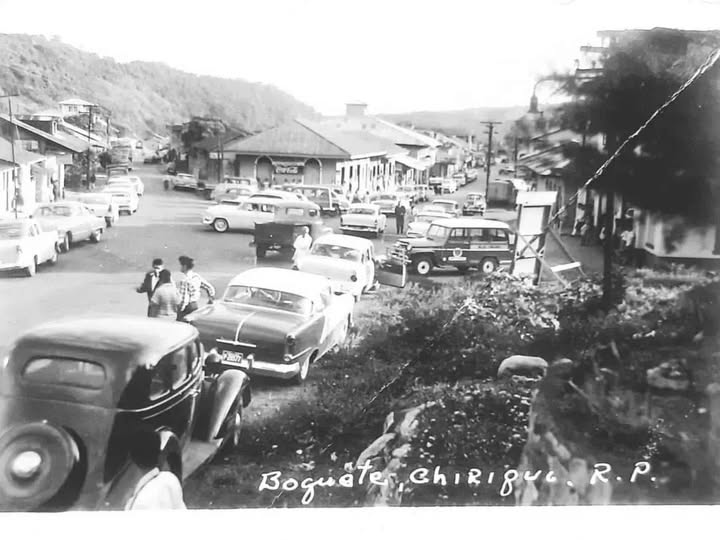
Boquete began to see permanent settlement in the late 1800s. Farmers, ranchers, and traders moved into the valley, attracted by its fertile volcanic soils, abundant water, and cooler climate. The region was suitable for temperate crops like vegetables and, most significantly, coffee. Coffee was introduced to Panama in the mid-19th century, and by the 1870s, settlers in Boquete were planting it with great success.
The Coffee Era
Coffee quickly became Boquete’s economic foundation. The volcanic soil, elevation (1,000–1,800 meters), and cool nights created near-ideal conditions for high-quality arabica beans. By the early 20th century, families of European, North American, and Middle Eastern descent joined local Panamanians in establishing coffee farms. Surnames such as Collins, Watson, and Tschudy, as well as Panamanian families, became prominent in shaping Boquete’s agricultural landscape. Coffee from Boquete gained national importance, supplying both domestic consumption and early export markets.
Today, coffee remains central to Boquete’s identity. The region produces some of the world’s most prized beans, including the Gesha (Geisha) variety, which has achieved record-breaking auction prices globally.
20th Century: Infrastructure and Growth
-
1904–1914: The Panama Canal brought global attention to Panama, though Boquete remained relatively isolated.
-
1910s–1920s: A road connecting Boquete to David was constructed, greatly improving access.
-
1920s–1940s: Coffee exports stabilized the region’s economy, and subsistence farming (maize, beans, root crops) supported local families.
-
1940s–1960s: Electricity, schools, and clinics gradually arrived, as national development policies extended into rural areas.
-
1970s: Tourism began to emerge, with visitors drawn to the cool climate, birdwatching, and hiking trails around Volcán Barú.
Volcán Barú and Natural Attractions
Boquete sits at the foot of Volcán Barú (3,475 m), Panama’s tallest mountain. Historically, the volcano shaped the land with its fertile soils and microclimates. In 1976, Volcán Barú National Park was created, protecting cloud forests, wildlife, and watersheds. This strengthened Boquete’s reputation as an eco-tourism destination.
Expat Influx: Late 20th–21st Century
From the 1990s onward, Boquete began attracting retirees and expats, particularly from the United States, Canada, and Europe. Several factors contributed:
-
Panama’s Pensionado visa program, offering significant benefits to retirees.
-
Boquete’s reputation as the “Valley of Flowers and Eternal Spring,” with mild year-round weather.
-
Affordable real estate compared to North America and Europe at the time.
-
A growing international community, creating English-speaking services, clubs, and events.
By the 2000s, Boquete was regularly listed in international media as one of the world’s top retirement destinations. This influx transformed the town with new restaurants, cultural festivals, gated communities, and increased infrastructure investment.
Festivals and Culture
Boquete is known for its Feria de las Flores y del Café (Flower and Coffee Fair), launched in the 1950s to celebrate local agriculture and beauty. The annual January festival now attracts thousands of visitors with floral displays, coffee tastings, and cultural events. Other traditions include Holy Week processions, local music, and Ngäbe-Buglé artisan markets, maintaining a mix of indigenous and mestizo heritage alongside international influences.
Today’s Boquete
Modern Boquete balances three major identities:
-
Agricultural hub: Still one of Panama’s leading coffee producers.
-
Tourism destination: Known for hiking, birding (including the Resplendent Quetzal), and adventure sports like white-water rafting.
-
Expat community: A cosmopolitan mix of locals and foreigners, with international schools, bilingual services, and a strong social scene.
At the same time, challenges exist: managing growth, balancing local culture with international influence, ensuring water and infrastructure keep pace with development, and protecting the environment that makes Boquete so attractive.


